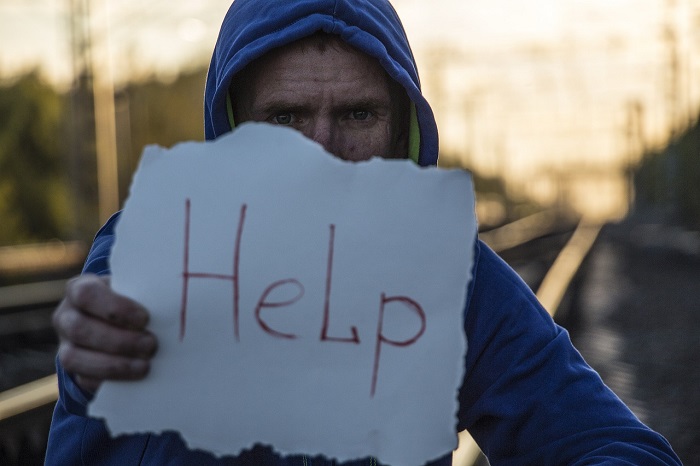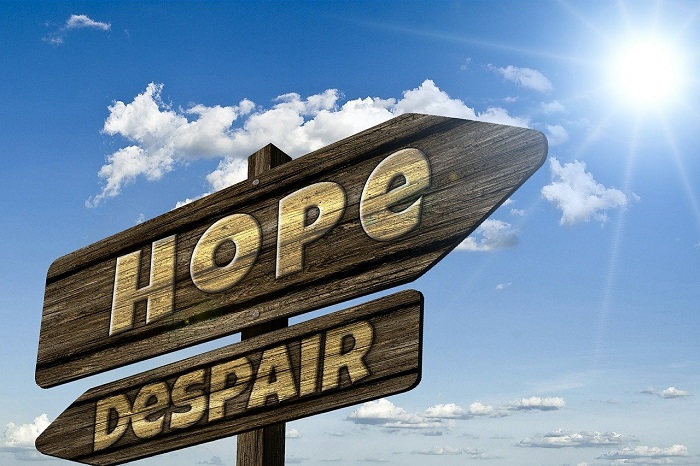- MN ABE Connect
- Archive
- Suicide Awareness
 September 29, 2023
September 29, 2023
Suicide Awareness
Wendy Sweeney, MA, Licensed Psychologist/PANDA Manager Moira Knutson, Administrative AssistantSeptember was the National Suicide Prevention Awareness month. This is a good time to raise awareness about suicide, to become knowledgeable about resources, and to reduce stigma around this sensitive topic that is often seen as taboo.
988 SUICIDE & CRISIS LIFELINE
If you or someone you know is suicidal,
call or text 988 or chat 988lifeline.org
Suicide is the 8th leading cause of death in Minnesota. Suicidal thoughts can affect anyone regardless of age, gender, race, socioeconomic status, or background. In fact, suicide is often the result of untreated depression and a sense of hopelessness. Suicidal thoughts, although common, should not be considered normal and often indicate more serious problems.
When individuals die by suicide, they leave behind friends and family to navigate the tragedy of loss. In many cases, those affected by a suicide loss are left in the dark about their loved one’s intent and sometimes feel guilty about what they might have done or not done that could have helped. Too often, the feelings of shame and stigma of suicide prevent people from talking openly about it.
It is okay to talk about suicide. Prevention is the key to ending suicide!
Prevent suicide by learning to talk about it, asking questions of those making suicidal comments, and providing relevant resources.
Warning signs that might indicate a higher probability of suicide:
- Previous suicide attempts
- A major loss, such as job loss, divorce, or death of a loved
- Sudden changes in behavior
- Unexplained anger, aggression, or irritability
- Withdrawing from friends and family, giving away prized possessions
- Using drugs or alcohol more often
- Writing about death.
- Comments about ending their lives, such as “I wish I wasn’t here” or “Life is too hard”
- Easy access to firearms or prescription medications
What you can do:
- Talk to students when they appear distressed or make comments about not wanting to live.
- Become educated about suicide prevention best practices and how to comfortably talk about suicide (see free course below).
- Share mental health resources and 24/7 crisis lines.
- Click for PANDA’s comprehensive list of Mental Health Resources.
If you or someone you know is suicidal,
call or text 988 or chat 988lifeline.org
Suicide Prevention for Adult Educators
 PANDA has a free online class available for adult educators addressing suicide and suicide prevention.
PANDA has a free online class available for adult educators addressing suicide and suicide prevention.
This course will help ABE/ESL/GED teachers and tutors learn about suicide and prevention. Learn about prevalence, causes, risk factors and warning signs of suicide. Master a suicide prevention method and practice role playing how to approach students who show signs of suicidal thinking. Prevention is key! Gain knowledge about ways to promote hope, problem solving and resiliency in the classroom. This workshop meets requirements for CEUs under Suicide Prevention Best Practices.
PANDA’s classes can be found on our website: https://pandamn.org/
Resources used for this article:
NAMI-National Alliance on Mental Illness – www.nami.org
National Institute of Mental Health – https://www.nimh.nih.gov/health/statistics/suicide.shtml
Contact PANDA – Minnesota ABE Physical and Nonapparent Disability Assistance:
Phone: 763-504-4095 | Email: [email protected] | Website: https://pandamn.org

Newsletter Signup
Get MN ABE Connect—the official source for ABE events, activities, and resources!
Sign UpArticle Categories
- ABE Foundations/Staff Onboarding
- ACES/Transitions
- Adult Career Pathways
- Assessment
- CCR Standards
- Citizenship
- COVID-19
- Cultural Competency
- Digital Literacy/Northstar
- Disabilities
- Distance Learning/Education
- ELA
- Equity/Inclusion
- ESL
- HSE/Adult Diploma
- Listening
- Math/Numeracy
- Mental Health
- Minnesota ABE
- One-Room Schoolhouse/Multilevel
- Professional Development
- Program Management
- Reading
- Remote Instruction
- Science
- Social Studies
- Speaking/Conversation
- Support Services
- Teaching Strategies
- Technology
- Uncategorized
- Volunteers/Tutors
- Writing
